Stronger Calves Start with Clean Bedding: Boost Immunity, Cut Antibiotics
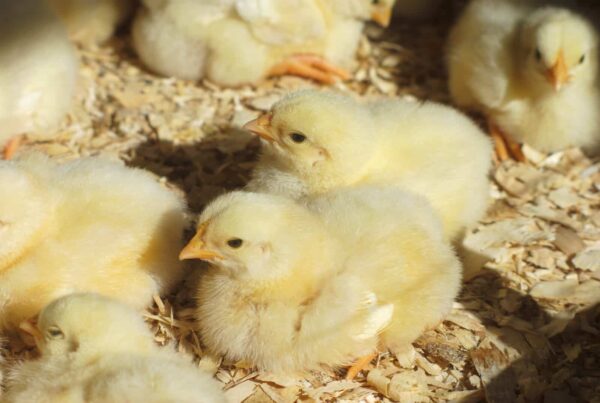
Introduction to Calf Health and Bedding
Calf health is critical for dairy and beef operations, as diseases like pneumonia, diarrhea, and scours lead to high mortality, stunted growth, and escalating veterinary costs. Wet or soiled bedding, such as straw or low-quality sawdust, fosters pathogens like Escherichia coli and Pasteurella multocida, increasing infection rates by 25–35% and contributing to 10–20% calf mortality.
Clean bedding, such as kiln-dried wood shavings, creates a dry, hygienic environment that reduces cases of pneumonia, diarrhea, and scours, boosting immunity and cutting antibiotic use. The MSD Veterinary Manual highlights that proper bedding hygiene can lower disease incidence by 20–30%. This post examines the impact of poor bedding on calf health, the economic benefits of wood shavings, and a cost comparison with antibiotics, emphasizing fewer disease cases and improved profitability.
Watch this: https://www.youtube.com/watch?v=Ct5OL6tuIJ0
The Impact of Poor Bedding on Calf Health
Wet bedding, with moisture levels above 30%, creates a pathogen-rich environment that drives calf diseases. The MSD Veterinary Manual notes that damp litter harbors E. coli, Salmonella, and Pasteurella multocida, with bacterial loads reaching 10^6–10^8 CFU/g, increasing pneumonia and diarrhea incidence by 25–35%.
Straw ($50–$100 per ton) and low-quality sawdust ($80–$150 per ton) trap urine and manure, fostering conditions for scours (50–60% prevalence in poorly managed barns) and pneumonia (15–30% incidence in calves under 6 months). These conditions weaken calf immunity, leading to 10–20% mortality and 15–25% growth reductions, costing farmers thousands in treatments and losses.
Health Risks and Mortality
Poor bedding significantly increases calf mortality through respiratory and enteric diseases. Pneumonia, often caused by Pasteurella multocida or Mycoplasma bovis, affects 15–30% of calves in damp conditions, with 5–10% mortality in severe cases, per the MSD Veterinary Manual. Diarrhea and scours, driven by E. coli and Cryptosporidium, have a 50–60% incidence in wet barns, leading to 10–20% mortality due to dehydration or sepsis. Subclinical cases reduce weight gain by 15–25%, delaying weaning and market readiness.
Ammonia from wet litter (25–50 ppm) irritates respiratory tracts, increasing pneumonia risk by 20%. Overall, poor bedding contributes to 10–20% calf mortality annually, undermining herd health and farm sustainability.
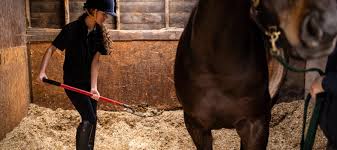
Economic Costs of Calf Diseases and Cutting Antibiotics
Calf diseases driven by poor bedding impose substantial financial burdens. For a 100-calf operation, pneumonia costs $2,000–$6,000 annually, including $50–$150 per case for diagnostics (cultures, $50–$200) and treatments (antibiotics like tulathromycin, $20–$100), per the MSD Veterinary Manual. Scours and diarrhea cost $3,000–$9,000, with 50–60 cases at $50–$150 each for electrolytes and antibiotics. Mortality losses (10–20%) add $1,000–$4,000 at $100–$200 per calf, while growth reductions cost $100–$300 per calf in lost weight gain.
Culling costs ($500–$1,000 per calf) and frequent bedding replacement ($1,200–$3,600 annually for straw) push total losses to $7,000–$18,000 annually, highlighting the need for better bedding solutions.
How Poor Bedding Fuels Disease
Wet bedding sustains high moisture and organic matter, fostering pathogens that cause pneumonia, diarrhea, and scours. The MSD Veterinary Manual notes that E. coli and Salmonella thrive in litter with 30–50% moisture, increasing scours incidence by 25–35%.
Pasteurella multocida spreads through aerosolized droplets in damp, poorly ventilated barns, raising pneumonia risk by 20%. Ammonia from decomposing manure irritates mucosal tissues, weakening immunity and increasing infection susceptibility. Wet bedding also causes skin irritation, promoting secondary infections. These conditions create a cycle of disease, treatment, and loss, with 50–60% of calves in wet barns affected by enteric or respiratory issues, driving up antibiotic use and costs.
The Role of Clean Wood Shavings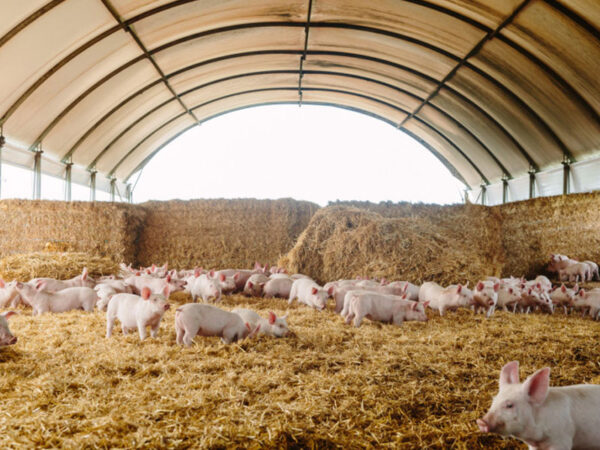
Kiln-dried wood shavings, sourced from softwoods like pine, reduce disease incidence by maintaining a dry, hygienic environment. Their absorbency (up to 200% of weight) keeps litter moisture below 20%, inhibiting pathogens like E. coli and Pasteurella by 20–30%. The kiln-drying process eliminates microbial contamination, reducing initial infection risks. Wood shavings provide a soft, comfortable surface that minimizes stress, boosting calf immunity by 10–15%, as per studies cited by the University of Maine Cooperative Extension.
By reducing pneumonia (from 15–30% to 10–20%), diarrhea (from 50–60% to 35–45%), and scours (from 50–60% to 35–45%), wood shavings lower mortality by 15% and antibiotic use by 20–30%.
Economic Benefits and Cost Comparison
Kiln-dried wood shavings cost $150–$250 per 1-ton pallet, lasting 2–3 months for a 10-calf pen, or $600–$1,000 annually for a 100-calf operation ($0.07–$0.10 per head daily). Straw, requiring replacement every 1–2 weeks, costs $1,200–$3,600 annually. Antibiotics for pneumonia and scours (e.g., tulathromycin, $20–$100 per dose, or oxytetracycline, $10–$50) cost $1,000–$4,500 annually for 50–60 cases in a 100-calf operation.
Wood shavings reduce disease incidence by 20–30%, cutting antibiotic costs to $700–$3,150 and saving $300–$1,350. Reduced mortality (from 10–20% to 7–14%) saves $300–$1,200, while improved growth adds $100–$300 per calf. Total savings reach $3,000–$7,800 annually, yielding an ROI of 300–700%, as per the University of Maine Cooperative Extension.
Promoting Calf Health with Wood Shavings to Boost Immunity
Kiln-dried wood shavings strengthen calves by reducing disease incidence and supporting immunity. Their absorbency minimizes moisture, inhibiting E. coli and Pasteurella growth. The soft surface reduces stress, improving immune response by 10–15%.
Farms using wood shavings report 20–30% fewer pneumonia cases (10–20% incidence), 25–30% fewer diarrhea cases (35–45% incidence), and 25–30% fewer scours cases (35–45% incidence), lowering mortality from 10–20% to 7–14%. The MSD Veterinary Manual confirms that dry bedding reduces pathogen loads, improving weight gain by 10–15% and reducing antibiotic reliance by 20–30%.
Cost-Benefit Analysis
For a 100-calf operation, poor bedding leads to $7,000–$18,000 in annual losses, including $1,000–$4,500 in antibiotics, $1,000–$4,000 in mortality (10–20%), and $2,000–$6,000 in growth losses. Wood shavings, costing $600–$1,000 annually, reduce disease incidence by 20–30%, saving $300–$1,350 in antibiotics, $300–$1,200 in mortality, and $600–$1,800 in growth losses. Total savings range from $3,000–$7,800 per year, with a 15% mortality reduction saving 3–6 calves. Improved growth adds $100–$300 per calf, and reduced culling saves $500–$1,000 per head.
Long-Term Economic Benefits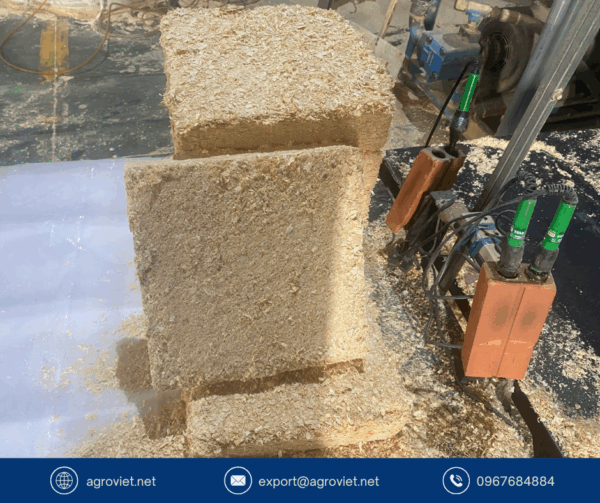
Wood shavings provide lasting benefits by reducing disease recurrence and improving calf performance. Dry bedding minimizes pathogen survival, lowering reinfection rates and supporting immunity. Farms report 10–15% higher weight gain, adding $2,000–$6,000 annually for a 100-calf operation.
Reduced antibiotic use saves $8–$10 per calf annually and aligns with regulations, avoiding penalties. Lower mortality (from 10–20% to 7–14%) and culling save $500–$1,000 per calf, compounding savings over time, as supported by the University of Maine Cooperative Extension.
Practical Tips for Bedding Management
Spread 3–5 bags (40 lbs each) of wood shavings per 10×10 pen, topping up with 1–2 bags weekly to maintain absorbency. Daily cleaning removes soiled litter, preventing pathogen buildup, as recommended by the MSD Veterinary Manual. Ventilation providing 6–8 air changes per hour maintains dryness, while storing shavings in a dry area prevents mold. Sourcing from reputable suppliers ensures low-dust, non-toxic shavings, optimizing health benefits and reducing labor costs.
Complementary Prevention Strategies
Beyond bedding, vaccinations (e.g., for Pasteurella or clostridial diseases, $5–$10 per calf) reduce pneumonia and scours risk. Regular health checks, including fecal tests ($50–$200), detect issues early, saving $100–$500 per calf. Sanitizing equipment and providing balanced nutrition with colostrum feeding boost immunity, while electrolyte therapy ($10–$50 per case) supports scours recovery. These measures, combined with wood shavings, minimize disease and antibiotic use.
Welfare and Regulatory Benefits
Wood shavings enhance calf welfare by reducing disease-related pain and stress, aligning with ethical farming standards. Lower pneumonia, diarrhea, and scours rates decrease antibiotic use by 20–30%, meeting consumer demand for sustainable production and avoiding regulatory penalties. The MSD Veterinary Manual emphasizes that hygienic bedding is critical for calf health, supporting market competitiveness. Reduced culling saves $500–$1,000 per calf, enhancing farm reputation.
Addressing Bedding Management Challenges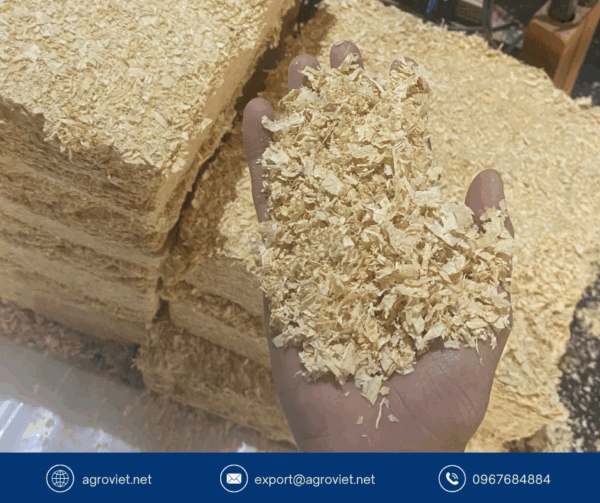
Wood shavings cost more upfront ($150–$250 per ton) than straw ($50–$100), but their durability reduces replacement frequency, saving $600–$2,600 annually for a 100-calf operation. Daily cleaning and proper storage prevent mold, ensuring hygiene. Reputable suppliers provide high-quality shavings, minimizing dust and toxins. These practices make wood shavings a practical, cost-effective solution for disease prevention.
Conclusion
Poor bedding drives pneumonia, diarrhea, and scours, causing 10–20% calf mortality and $7,000–$18,000 in annual losses for a 100-calf operation. Kiln-dried wood shavings, costing $600–$1,000 annually, reduce disease incidence by 20–30%, saving $3,000–$7,800 per year and cutting antibiotic costs by $300–$1,350. Supported by the MSD Veterinary Manual, wood shavings create a dry, hygienic environment, boosting immunity and reducing mortality by 15%. The chart illustrates significant savings over straw and antibiotics, protecting calves and profits. By adopting clean bedding and complementary strategies, farmers can build stronger herds and achieve sustainable, profitable operations.
